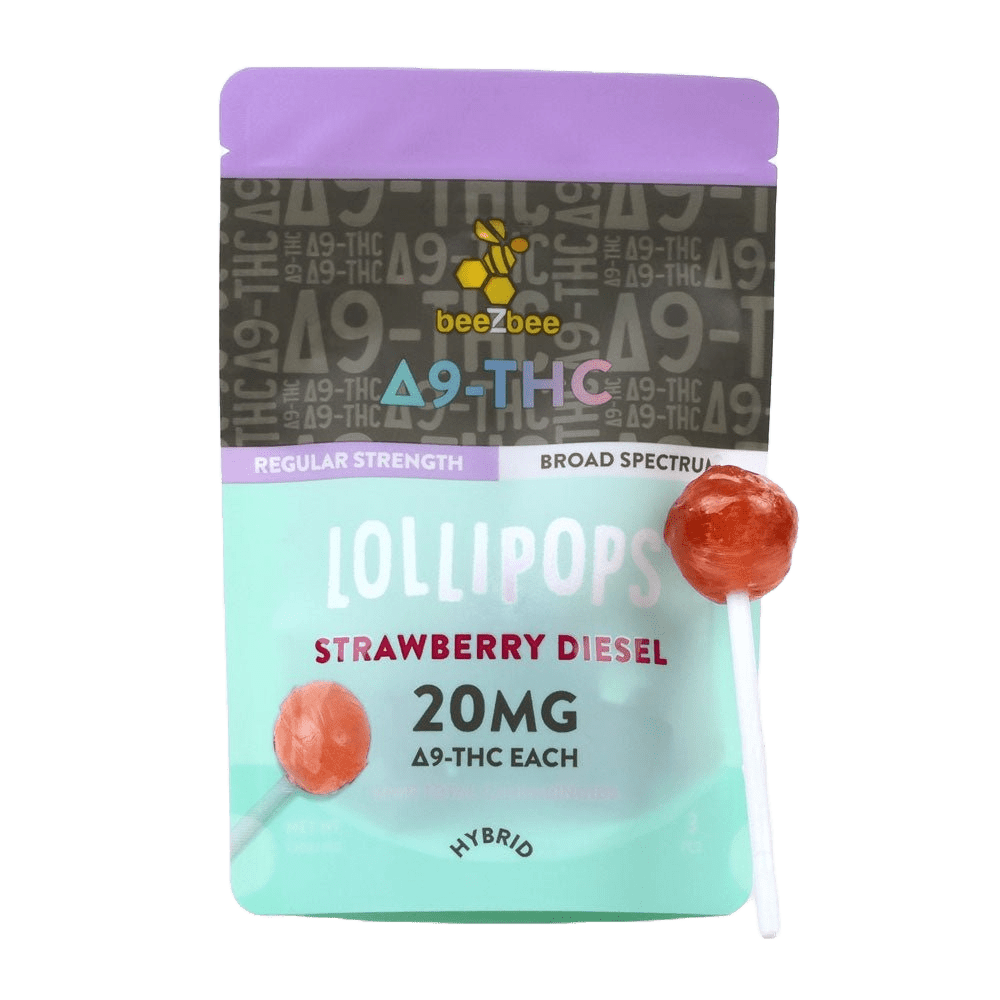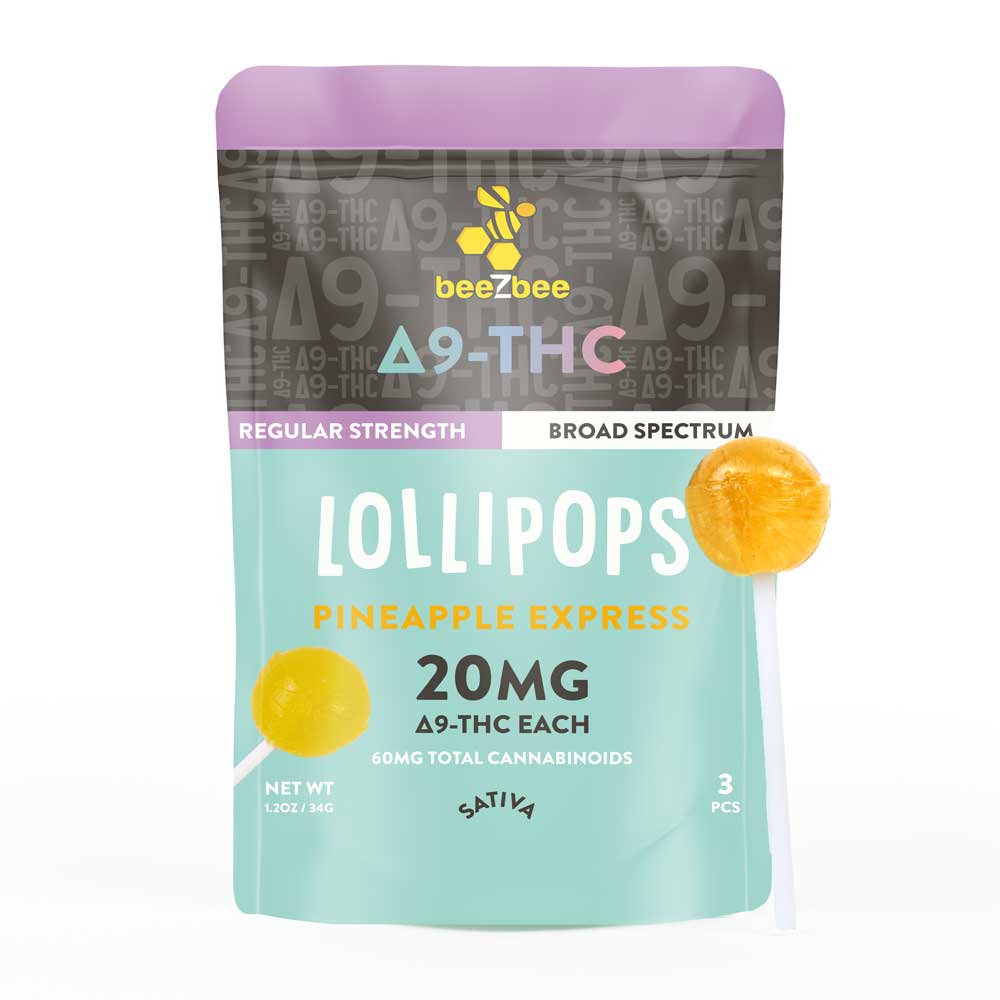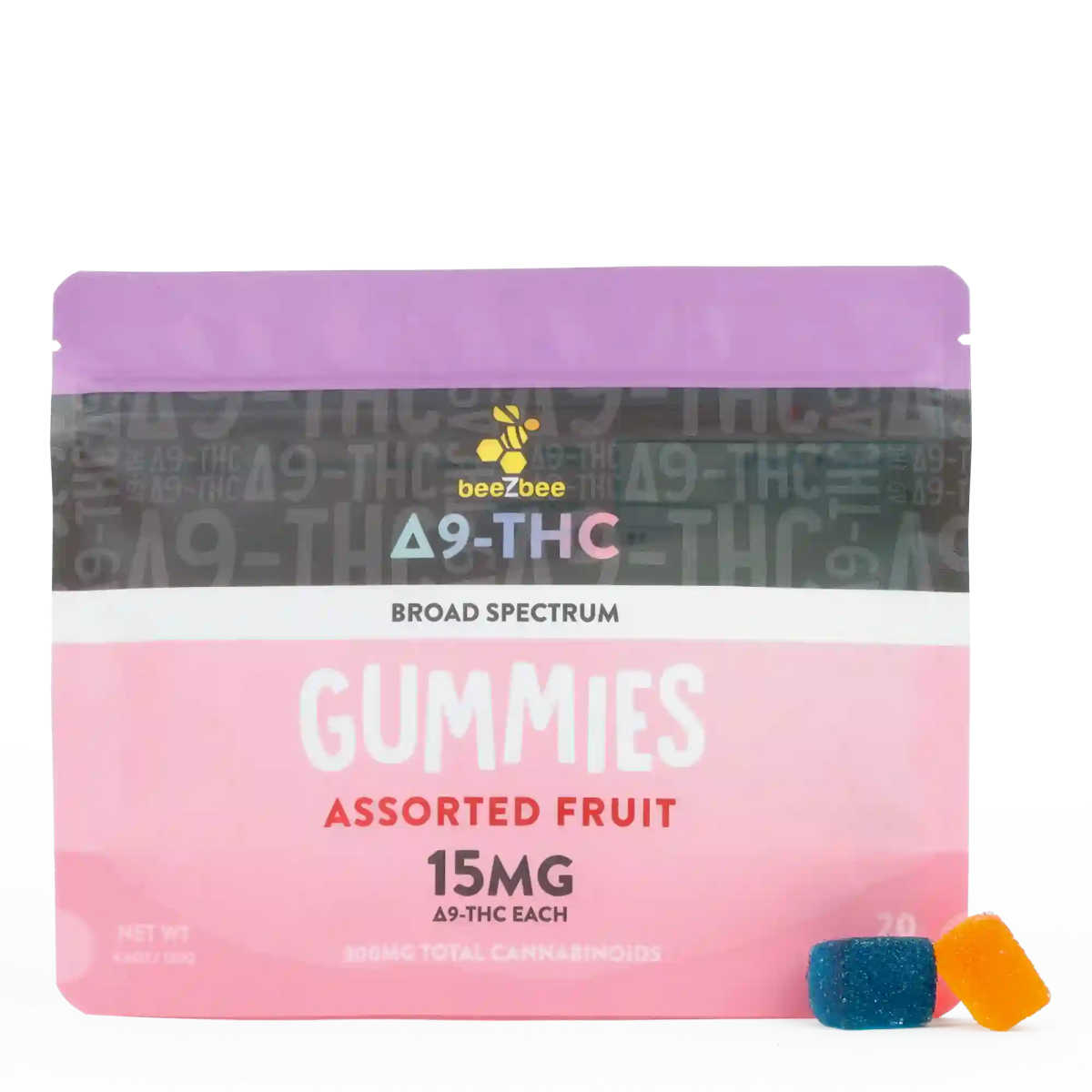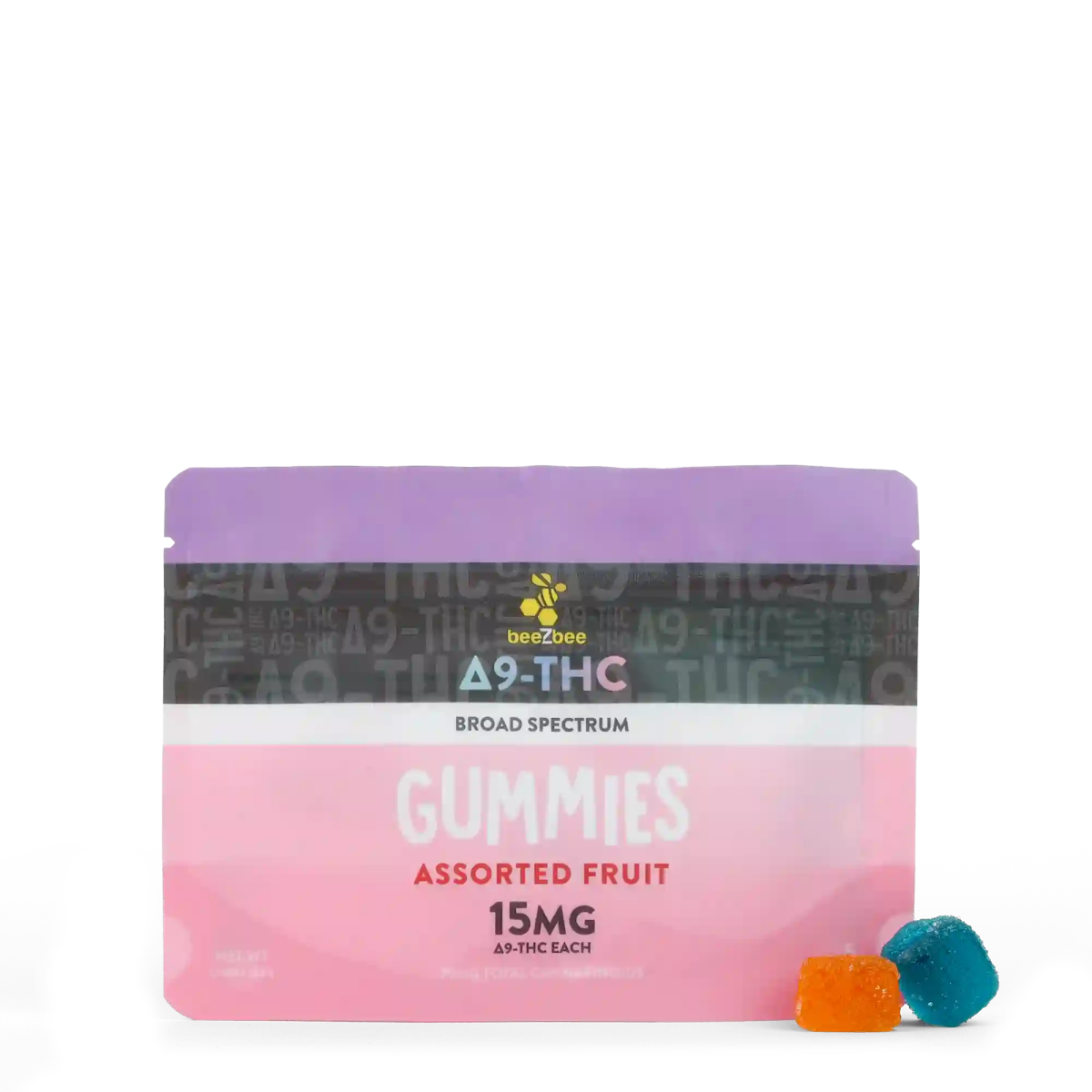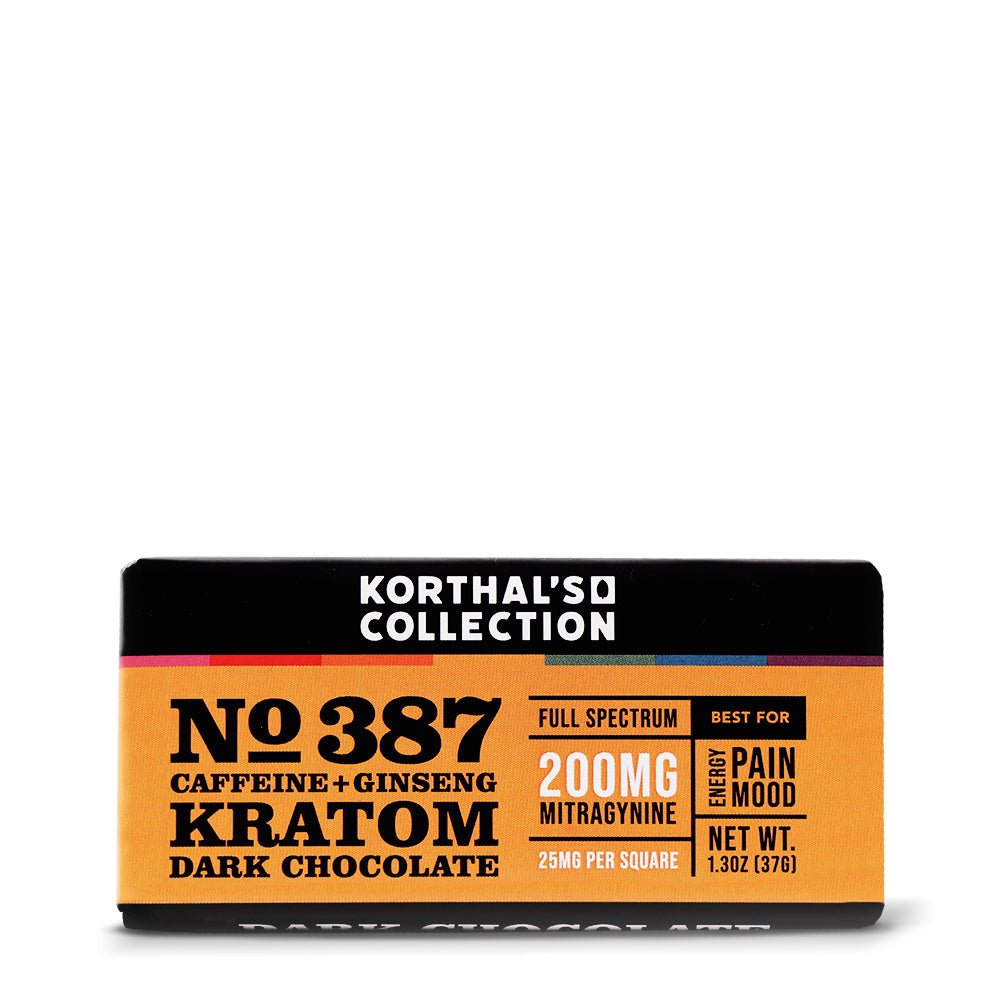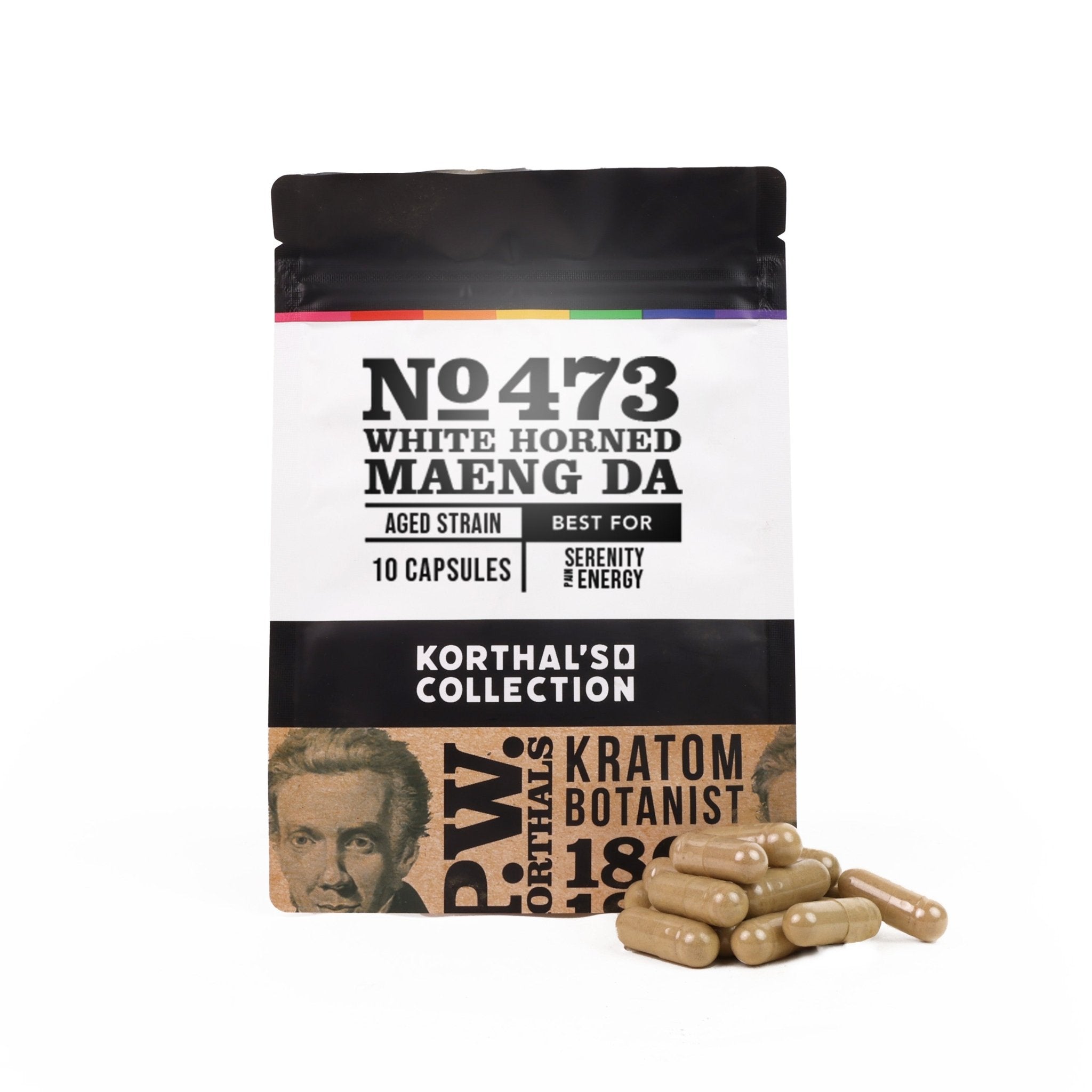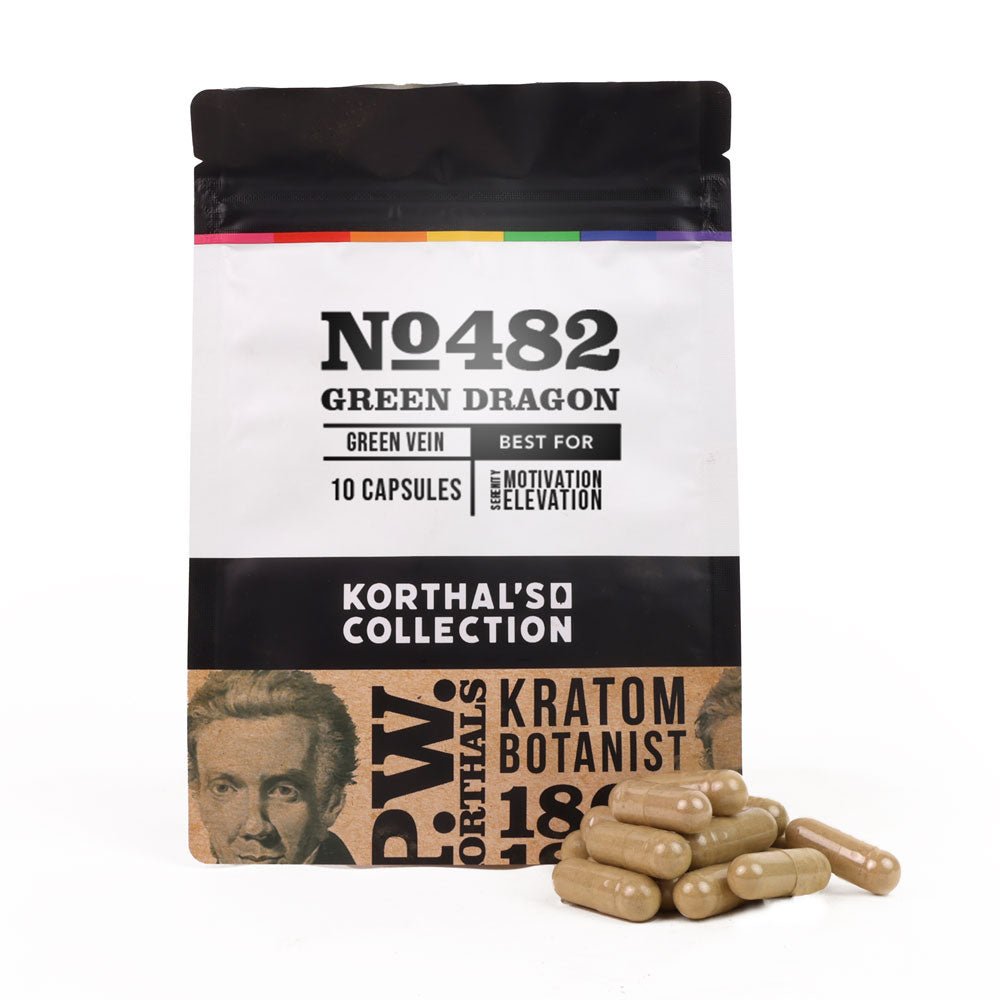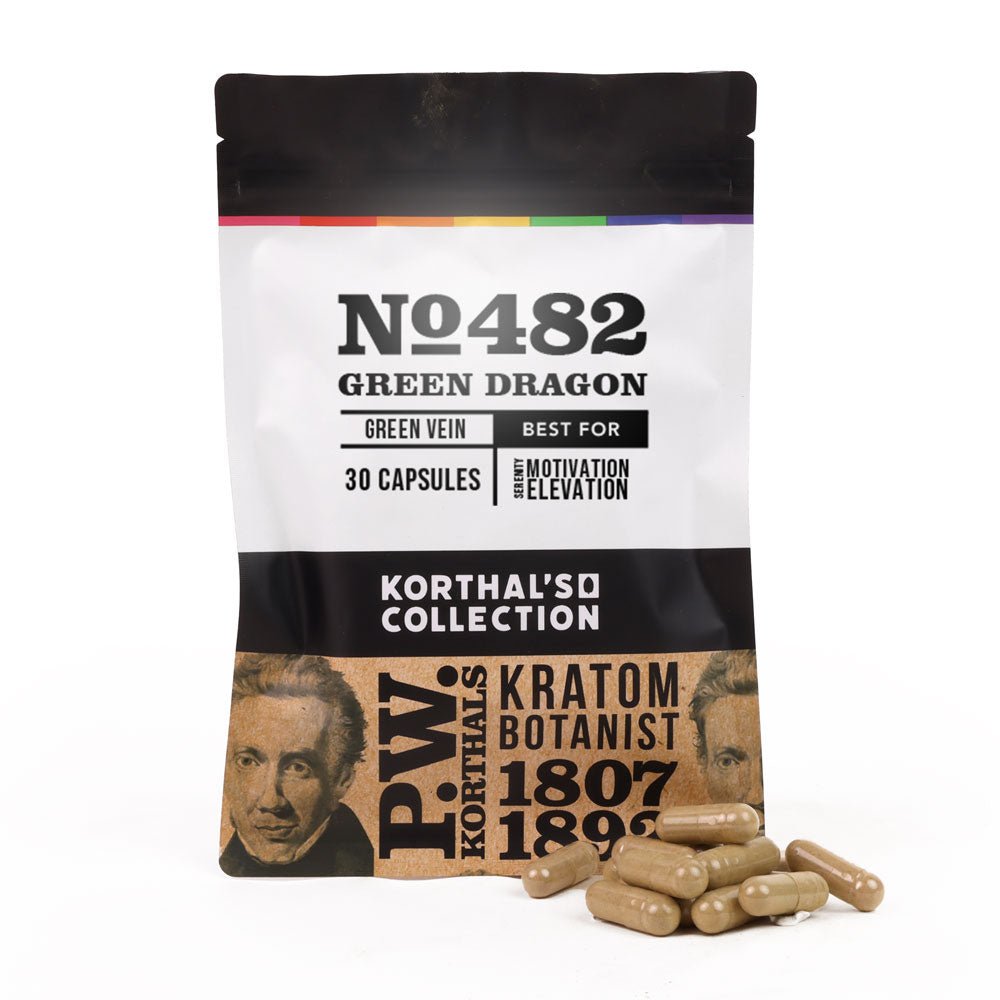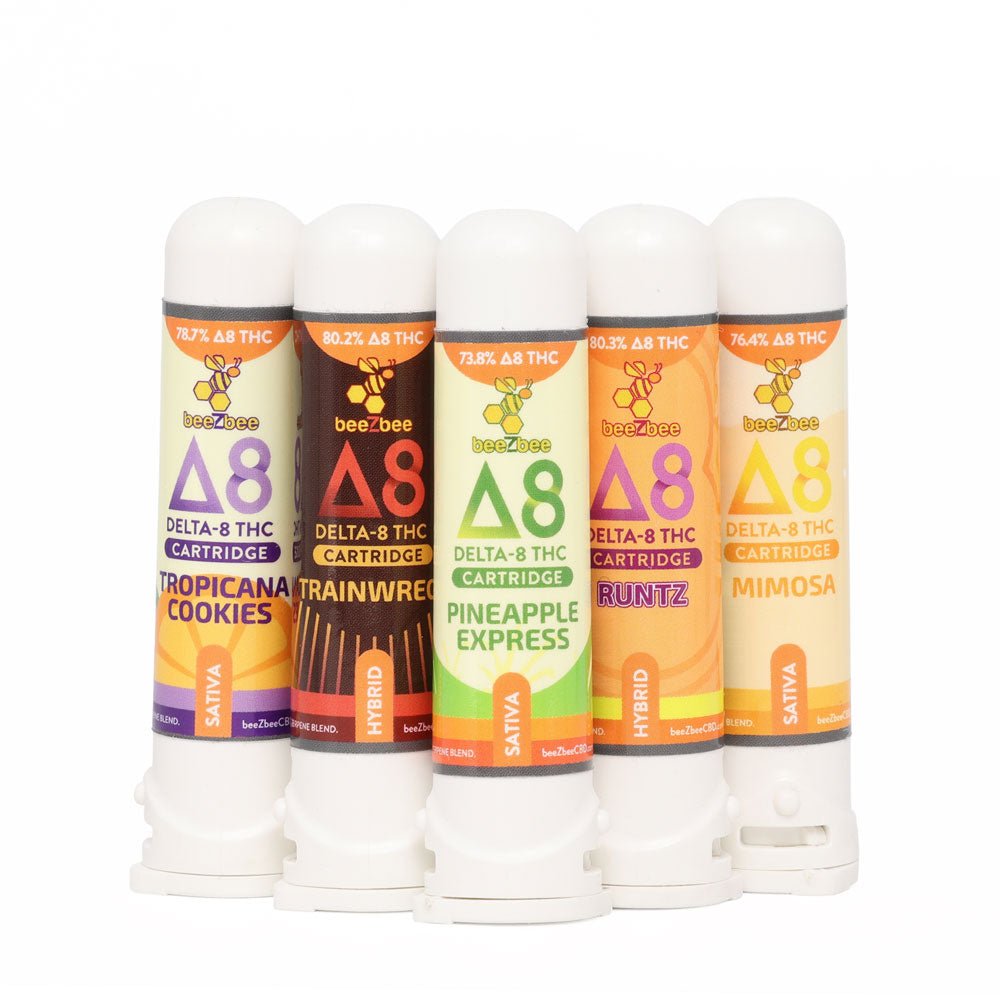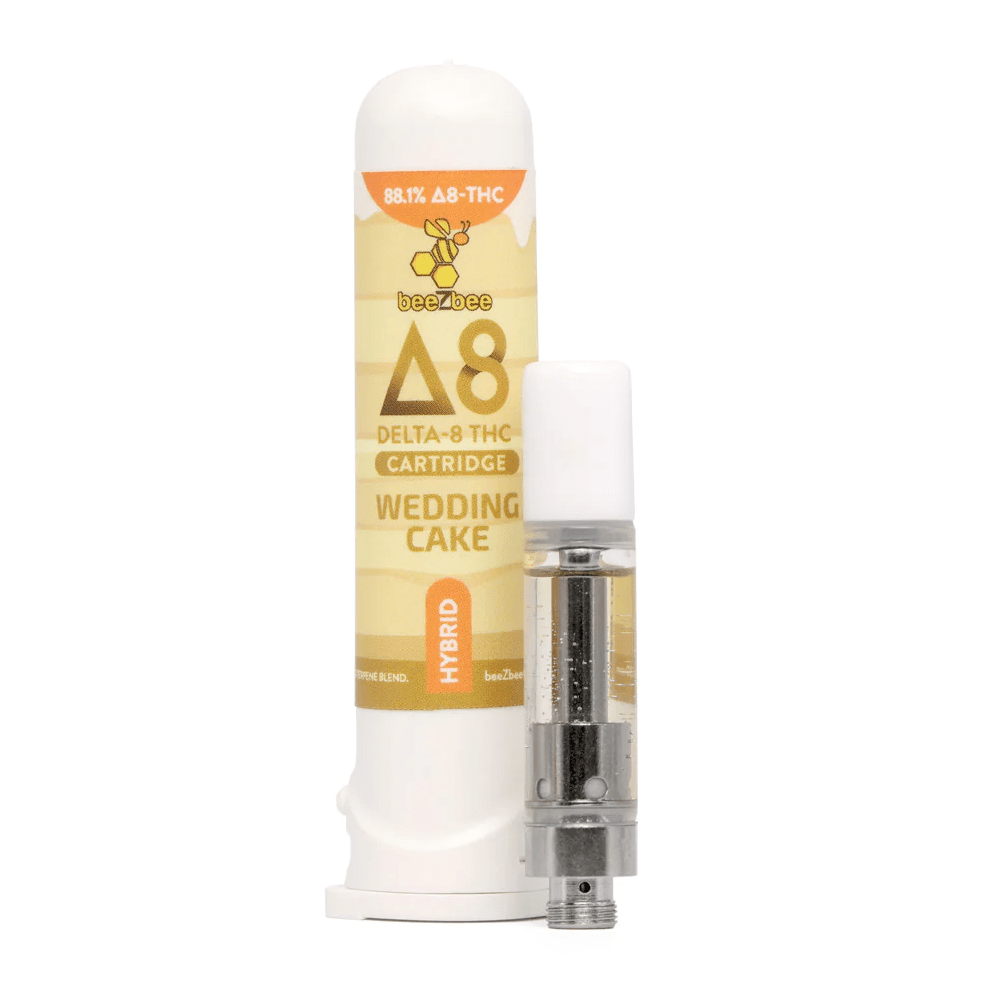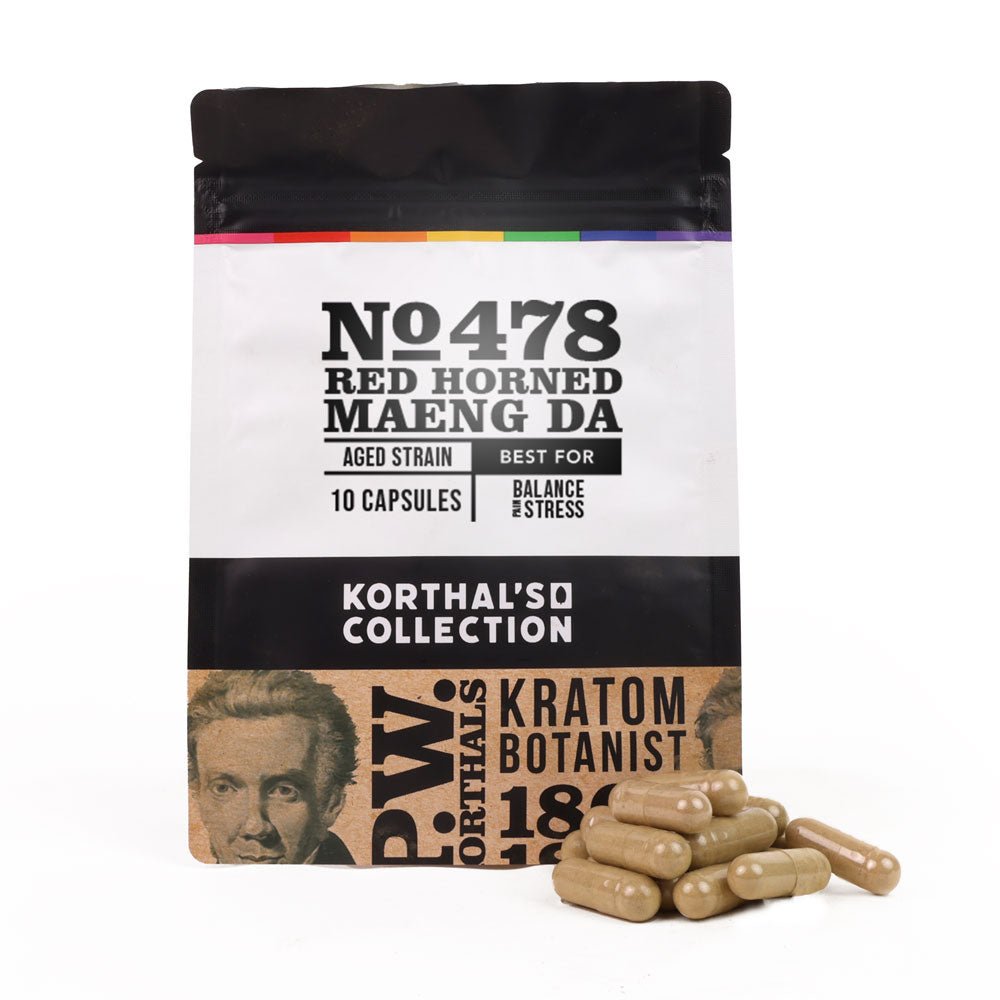In the world of natural herbal remedies, two beverages have emerged as unique alternatives to synthetic substances: kratom tea and kava. While both have long-standing cultural roots and are known for their well-being effects, they differ significantly in origin, chemical composition, benefits, legality, and potential side effects. Let’s take a closer look at kratom tea vs. kava—unpacking their differences, similarities, and which might be right for you.
Origins and Cultural Background

Kratom (Mitragyna speciosa) is a tropical tree native to Southeast Asia, particularly Thailand, Indonesia, Malaysia, and Papua New Guinea. The leaves of this evergreen tree have been used for centuries by farmers and laborers who chewed or brewed them into tea for energy.
Kava (Piper methysticum) comes from the South Pacific Islands, including Fiji, Vanuatu, and Tonga. Pacific Island communities have traditionally used kava root in ceremonial and social settings, preparing a muddy-tasting beverage known for its calming effects.
Active Compounds and Effects
The primary active compounds in kratom are mitragynine and 7-hydroxymitragynine, which can be used to elevate well-being. Depending on the strain, Kratom can act as either a mode for enhancing relaxation. Individuals may report increased focus, reduced pain, and elevated mood. There are different forms of Kratom available like Kratom powders and capsules, seltzers, and more.
Kava contains compounds called kavalactones, which may enhance wellness. The effects may vary based on individual experiences. Kava is prized for enhancing well-being, relaxation, and focus in the body and mind.
Strains and Types
Kratom is available in several strains, often categorized by the color of the leaf vein:
-
Red Vein Kratom: Known for its calming and well-being properties.
-
Green Vein Kratom: Offers a balance of stimulation and relaxation.
-
White Vein Kratom: Generally more energizing and relaxing.
Each strain varies in potency and effect, allowing users to tailor their experience based on needs like enhancing well-being.
Kava, while less varied than kratom in strain naming, is typically categorized by its chemotype or region of origin:
-
Noble Kava: The preferred variety for daily use due to its smoother effects and lower risk of side effects.
-
Tudei (“Two-Day”) Kava: Often avoided due to longer-lasting effects and higher potential benefits.
-
Vanuatu, Fijian, and Hawaiian Kavas: Regional varieties that offer unique flavor profiles and potencies.
Preparation Methods
Kratom is typically taken as a tea, powder, capsule, or extract. Tea is prepared by steeping dried kratom leaves or powder in hot (not boiling) water, preserving alkaloids. The taste is earthy and bitter, often masked with lemon or honey. You can learn more about preparing Kratom powder vs tea, and other different forms.
Kava is traditionally prepared by grinding or pounding the root and mixing it with cold water. It is then strained through a cloth to produce a thick, muddy drink. Kava is known for its numbing effect on the tongue and earthy flavor.
Benefits of Kratom Tea
-
Enhancing Well-being.
-
Boosted energy and focus
-
May elevate mood and reduce symptoms of depression
However, long-term use or high doses may lead to dependence, digestive issues, and potential liver damage.
Benefits of Kava
-
Reduced anxiety and stress
-
Improved sleep quality
-
Relaxation without intoxication
Kava is generally safer than kratom for most people, but it still depends on individuals.
Legality: A Crucial Difference
The legality of kratom and kava varies significantly across countries and states:
-
Kratom: Legal at the federal level in the U.S., but banned or regulated in several states like Alabama, Indiana, and Wisconsin. It is illegal in some countries, including Australia, the UK, and Thailand (although Thailand has recently eased restrictions for medicinal use).
-
Kava: Legal in the U.S. and most countries, although some European countries (like Germany and Switzerland) have placed restrictions due to concerns over liver toxicity. In the South Pacific, kava is culturally revered and legally protected.
Always research your local laws before purchasing or using either product.
Kratom Tea vs. Kava: Which One Should You Choose?
It all depends on the individual experiences and uses to choose between Kratom tea and Kava.
Kratom and kava occupy different legal spaces depending on your location. Kratom is legal at the federal level in the U.S., but some states and municipalities have banned or restricted its use due to safety concerns. Kava, on the other hand, is generally legal and widely available, though it has faced scrutiny in some countries due to potential liver toxicity.
Always check your local laws before purchasing or consuming either substance. Whether you choose kratom tea or kava, staying informed and compliant with regional regulations is crucial to ensure the safe and lawful use of these herbal products. Check out the best Kratom products only at CBD Kratom.
FAQs
1. Is it safe to mix kratom tea and kava?
It’s not recommended to mix kratom and kava. Both substances enhance well-being. Always use them separately and in moderation.
2. Which is better: kratom or kava?
That depends on individual experiences to enhance well-being and relaxation. Some people may refer to Kratom tea, while others prefer Kava.
3. Can I travel with kratom or kava?
Traveling with kratom can be risky. Even if it's legal in your home state, it may be banned in your destination. Kava is generally safer to travel with, but check regulations in countries like Germany or Canada. Always declare herbal products at customs and carry original packaging.










